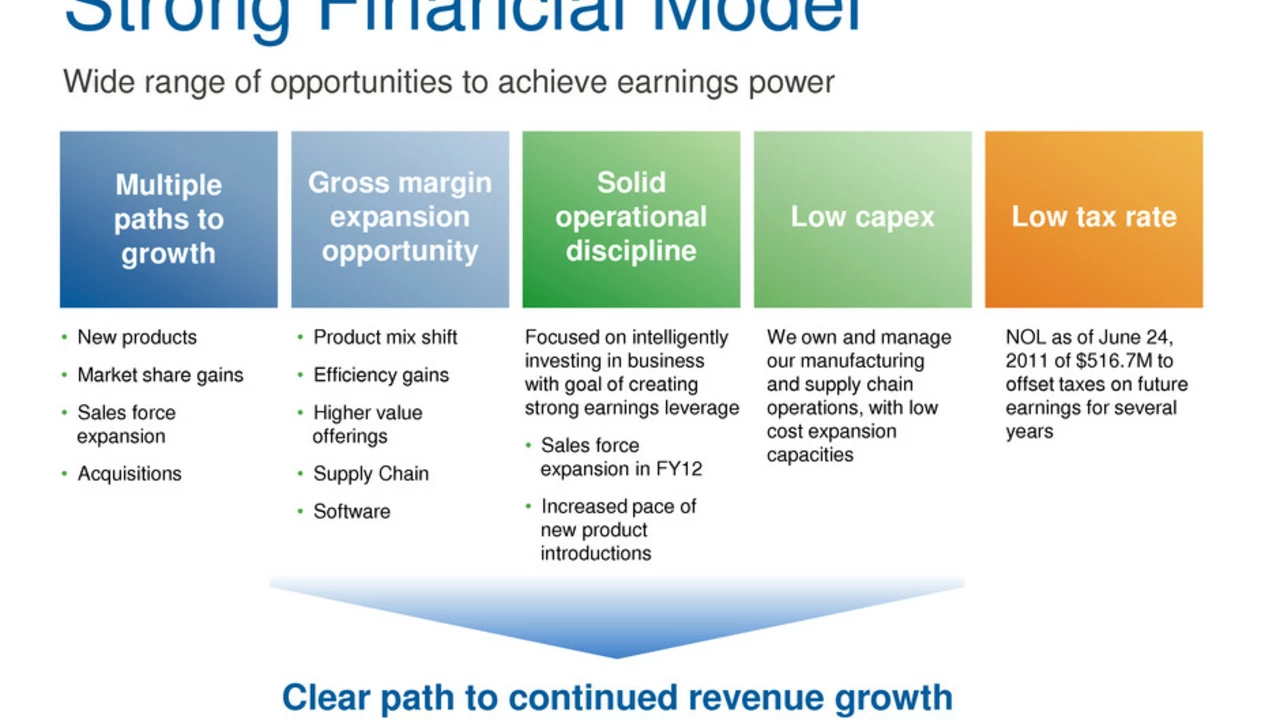Annual Revenue Explained: How Sports Clubs Make and Track Money
When you hear a club talking about its "annual revenue," it's basically saying how much cash it pulled in over a year. Think of it like a paycheck for the whole organization – ticket sales, TV deals, merchandise, sponsorships, you name it. Knowing the numbers helps owners decide on budgets, fans gauge club growth, and sponsors figure out if they're getting good exposure.
Where Does the Money Come From?
Most clubs break down revenue into a few big buckets. The first is matchday income: tickets, food, parking, and stadium tours. A packed stadium on a weekend can bring in a hefty chunk, especially for popular leagues. Then there’s broadcast revenue. TV networks pay huge sums to show games, and those deals usually get split among all clubs in a league. Sponsorship and advertising are another major source – think shirt logos, stadium naming rights, and digital ads. Finally, commercial sales cover everything from official jerseys to video game licensing. Some clubs also earn from player transfers, but that’s a more unpredictable stream.
How Clubs Measure Their Annual Revenue
Clubs follow standard accounting rules. They add up all cash inflows over a 12‑month period, usually aligning with the sports season. Expenses like player wages, stadium upkeep, and marketing are deducted to show profit or loss, but the revenue figure itself stays before those costs. Many clubs release a yearly financial report that breaks down each revenue stream, so you can see what’s driving growth. Look for terms like "total operating revenue" or "gross revenue" – they point to the same overall figure.
For fans, a rising revenue number usually means the club is expanding its fan base, winning better TV deals, or attracting bigger sponsors. It can also hint at future investments, like new stadium projects or higher‑profile player signings. Conversely, a dip could signal ticket price drops, poor on‑field performance, or losing a big sponsor.
Investors pay close attention, too. A steady upward trend in annual revenue often translates to higher club valuation and better borrowing terms. Many clubs list their financials publicly, especially if they’re listed on a stock exchange or have external investors.
In short, annual revenue is the lifeblood that keeps a sports club ticking. It tells you where the money’s coming from, how healthy the business side is, and what the future might look like. Whether you’re a die‑hard fan, a potential sponsor, or just curious about the business of sports, understanding this number gives you a clearer picture of the club’s real strength.
How does the wnba exist if they only lose money every year?
- Kellan Hartford
- July 30, 2023
- 0 Comments
Well, folks, the WNBA sure knows how to keep the mystery alive! Despite losing money year after year, they're still here, dribbling away! But here's the scoop: it's all about sponsorship, broadcasting rights, and support from the NBA. The WNBA isn't just a league, it's a movement, proving that passion and perseverance can dunk over dollar signs any day. So, as long as there are people who love the game and players who love to play, the WNBA is going nowhere but the net!
read more